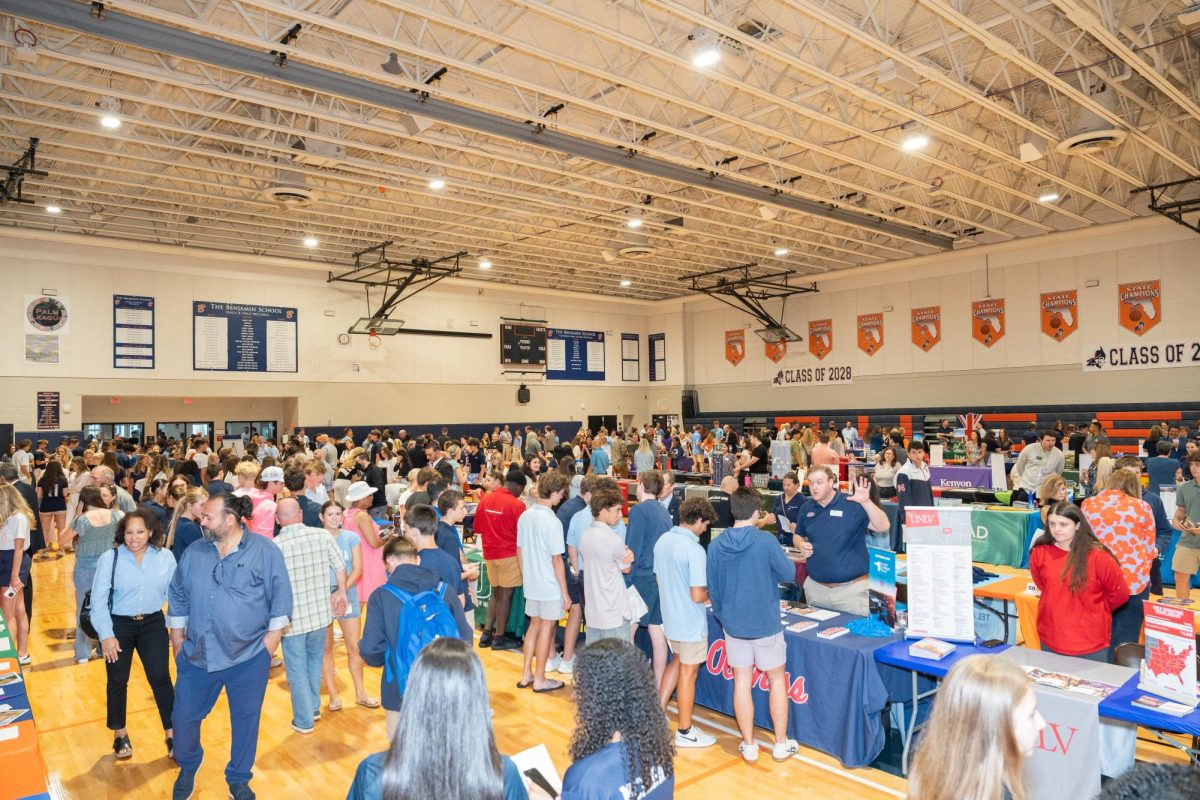Upon hearing the word “VHL”(Vista Higher Learning), terror tends to strike students. VHLs are Spanish or French review lessons that generally lead to hours spent on mind-numbing questions or videos. However, students are starting to stand up against the platform.
Before diving into why VHLS are used, providing a background is necessary. Ms.York, Chair of the MS World Languages department, provided a history of VHLs. Ms.York explained that, “Before the richly embedded platforms like VHL, World Language teachers used a variety of materials: such as textbooks, CDs, workbooks, game packets, online websites, or materials that the teachers made themselves. Oftentimes, teachers still use materials from these previous sources as supplementary activities.”
The implementation of VHLs is not favored by students, as freshman Rita Janin explains, “VHLs are so broad that I never know what to do. They are also boring and so difficult to learn.” This learning fatigue leads to an unwillingness to learn languages while making students question their understanding. Sometimes, even if you spend an abundance of time on each lesson, students still end up confused and with low grades.
However, Ms. York believes that VHLs do not lead to this learning fatigue, claiming that “teachers assign work from the VHL SuperSite platform for a variety of reasons: to have students practice vocabulary and structures they are learning in class; to introduce new material, to watch or listen to additional content provided by the publisher, and as additional listening or writing practice.” Ms. York also argued that the VHL platform is essentially a World Languages lab available to anyone with a computer and headphones because of
its accessibility.
Despite the platform’s constant availability, Maia Sonntag Camejo, a freshman in French-3 Honors, feels VHLs are a waste of her time. Sonntag has been completing VHLs for years and feels that “VHLs are so confusing and long that I never know what to do. Points are taken off for no reason.” She thinks that VHLs are graded so unfairly and give hours of work weekly.”
This unfairness and waste of time is disputed by most of the foreign language teachers. After interviews with Mrs. Gonzalez Lopez, Ms. Gustafson, Mrs. Salivar, Mrs.Tejera-Mede, and Ms. York, all are in agreement that the VHL activities allow students to work independently at their own pace. They also argue that VHLs allows students who were absent during class time to easily access the material without the teacher. Señora Salivar believes that because the program is used at the university level, the difficulty level is warranted. Ms. Salivar explained that because “Benjamin is a college preparatory school, the purpose is to be trained for when you take higher level courses at university. VHLs are used by FAU and other universities across the state.” Regarding the difficulty level and amount of VHLs typically assigned, she explained that sometimes even two weeks are given to students to complete their assignments which is comparable to paper assignments.
Nick Skillin, another freshman, is in Spanish 2. Recently he had 75 VHLs to complete and felt that they were a waste of his time. Ms. York argues that even though they might have felt tedious or seem like a lot, the automatic grading features of VHL are very helpful for specific material, such as verb conjugations or vocabulary drills which are critical to a foreign language. If it was a paper assignment, points would be taken off immediately, but VHLs give students
another chance.
Freshman Kenneth Craig Thompson (KC) feels frustrated in his Honors French class, claiming that his teacher, in one week, posted 30 VHLs and all of the VHLs were due the next day. KC feels that “VHLs take a lot of time away from other things I need to be working on. What is the point of them?”
Señora Tejera-Mede claimed that “if students think homework, in general, is boring instead of a practice opportunity, then it doesn’t matter if you do paper homework or VHLs.”
Teachers do understand that homework, whether VHL or on paper, can be tedious. So, some foreign language teachers use VHLs differently. For example, Ms. Gonzalez Lopez implements a mixture of lessons that might have a more positive impact on students. There might not be a need for an all-out ban if VHLs could be used in different ways. Instead of doing homework for hours on VHL, assigning lesser amounts or giving greater time to do them might be beneficial.
Ms. Gonzalez- Lopez does not have exact or specific data on an increase in test scores from VHLs, but she does believe that assigning smaller amounts of VHLs leads to an uptick in positive results. “In class, when students are working on the
VHLs I see them begin to think. I help them and can give positive feedback which increases understanding and participation, but I would like to see specific data as well to see if VHL truly leads to an increase in scores.”
The stress that VHLs have inspired in students is palpable and seems to correlate to the number of exercises being assigned.
On the other hand, it seems that no matter how variable teachers try to make their lessons on the platform, some students will simply not be persuaded to embrace the system.
What’s the solution? Conversation. Students need to vocalize their concerns with their teachers, who could also do a bit more to explain the many benefits VHLs offer. Students should ask for a lesser amount of VHLs and request more class time to do them when needed, and students could space out the timing their
VHLs if multiple continue to be assigned.








